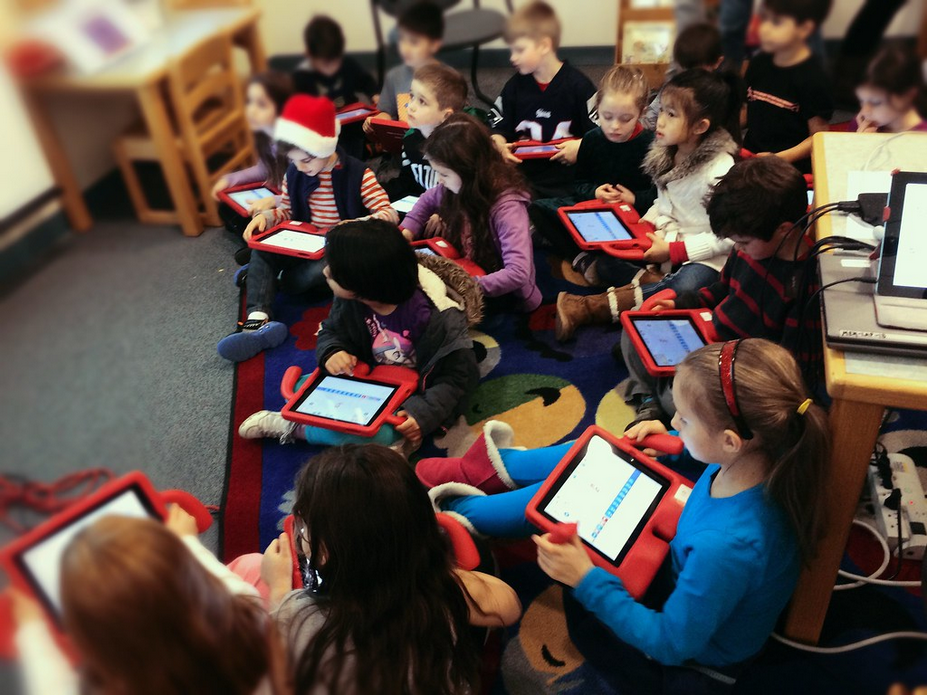Blending Soft Skills and Technical Skills: A New Approach to Curriculum Design
The modern workplace is demanding a new breed of professionals, those who not only possess technical expertise but also excel in soft skills. While technical skills are essential for completing tasks, soft skills like communication, teamwork, and critical thinking are crucial for navigating complex projects, fostering collaboration, and building meaningful relationships.
The Rise of Soft Skills
In the past, technical skills were often the primary focus of education. However, the nature of work has shifted dramatically. As technology advances and the workplace becomes increasingly interconnected, employers recognize the importance of soft skills in driving innovation, productivity, and success. These skills enable individuals to adapt to change, work effectively with diverse teams, and build strong relationships.
Integrating Soft Skills into Curriculum Design
Recognizing the crucial role of soft skills, educational institutions are adopting innovative approaches to curriculum design that seamlessly integrate both technical and soft skills. Here are some key strategies:
- Project-based learning: This approach fosters collaboration, communication, and problem-solving by involving students in real-world projects that require them to apply their knowledge and skills in a practical setting.
- Internship programs: Internships provide students with valuable hands-on experience and expose them to the realities of the workplace, allowing them to develop soft skills such as communication, teamwork, and adaptability.
- Experiential learning activities: Incorporating activities that simulate real-world scenarios, such as role-playing, debates, and group presentations, helps students hone essential soft skills like communication, leadership, and critical thinking.
- Technology-enhanced learning: Technology can be leveraged to create engaging and interactive learning experiences that promote collaboration, communication, and critical thinking. Examples include online discussion forums, collaborative projects, and simulations.
Benefits of a Balanced Approach
Integrating soft skills into curriculum design offers numerous benefits for both students and employers:
- Enhanced employability: Graduates with a well-rounded skillset are highly sought after by employers, making them more competitive in the job market.
- Improved job performance: Individuals who possess strong soft skills are better equipped to navigate workplace challenges, collaborate effectively, and contribute to organizational success.
- Increased adaptability: The rapidly changing job landscape requires individuals to be adaptable and resilient. Soft skills help individuals adjust to new technologies, changing roles, and evolving workplace demands.
- Fostered innovation: Collaboration, creativity, and critical thinking are essential for driving innovation and problem-solving. By integrating soft skills, educational institutions can cultivate a culture of innovation and empower students to contribute meaningfully.
Conclusion
In a world driven by technology and innovation, the importance of soft skills cannot be overstated. By embracing a balanced approach to curriculum design that seamlessly blends technical and soft skills, educational institutions can empower graduates with the skills they need to thrive in the modern workplace and contribute meaningfully to society.

Leave a Reply